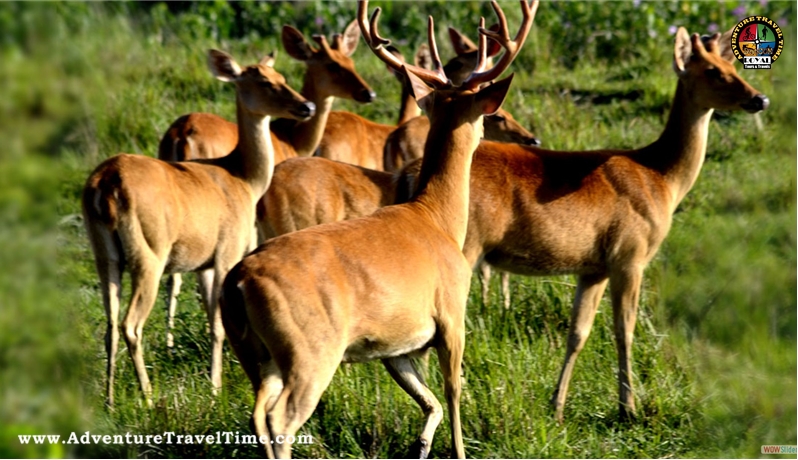Assam, the land of hills and valleys, the land of the mighty river Brahmaputra, the land of Mother Goddess Kamakhya, lies in the northeastern corner of India. In these pages, you will find a few glimpses of Assam and Assamese people. Assam is a land of about 25 million people situated in the northeast corner of India. The principal language of Assam is Assamese although a large number of other languages are spoken. Assam comprises an area of 78,523 square kilometers (30,318 square miles). Except for a narrow corridor running through the foothills of the Himalayas that connects the state with West Bengal, Assam is almost entirely isolated from India. The capital of Assam, is Dispur, a suburb of Guwahati in 1972.
The name “Assam” is derived from the term “Asom” which, in Sanskrit, refers to unequal or unrivalled. The uneven topography of the land, full of hills, plains and rivers might, therefore, have contributed to her name. The Mongolian Ahom dynasty which had ruled Assam for more than six hundred years might also be the cause for her name.
Assam is a land with an illustrious recorded history going back to the 4th century BC. Assam was an independent kingdom throughout all of history till the end of the first quarter of the 19th century when the British conquered the kingdom and annexed it to British India. The current state capital of Assam, Guwahati, known in ancient time as Pragjyotishpura or The Eastern City of Light, was the capital of Kamrup which finds frequent mention in the Great Hindu Epic Mahabharata and other Sanskrit volumes and historical lores.





